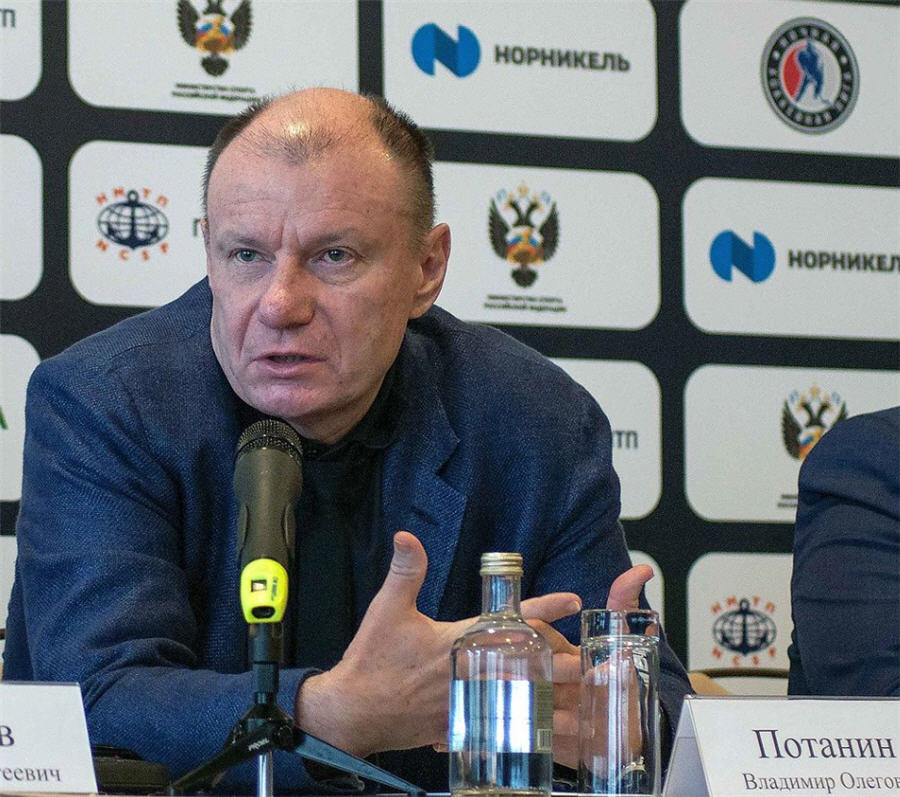Got Jimblebar? Big 4 stack the odds against high-cost iron ore miners

Red redemption: BHP’s new Jimblebar mine is only one of dozens of projects that could drive down iron ore prices significantly
An exec from BHP Billiton (LON:BHP), the world’s third largest producer of the steelmaking ingredient, told a conference in Singapore last week iron ore is heading down.
Bloomberg quotes Alan Chirgwin, GM of iron ore marketing for the Anglo-Australian giant as saying: “As the new supply gradually displaces high-cost production, it will therefore translate into lower prices. Significant low-cost supply, mainly from Australia and Brazil, will eventually meet and exceed incremental Chinese demand.”
The global seaborne iron ore trade exceeds 1.1 billion tonnes and China consumes almost two thirds of that.
Chirgwin is not the first BHP exec to predict lower prices.
Outgoing BHP CEO Marius Kloppers told the company’s annual general meeting in October that demand the “industry’s ability to meet incremental demand with low-cost supply has improved and, in this regard, the opportunities that lie ahead will be volumetric as opposed to price-based.”
That there is a flood of new supply hitting the market in the medium term is not in doubt.
BHP on Wednesday confirmed that its Jimblebar mine in Western Australia is on schedule and will be completed in the first quarter of 2014, adding 35 million tonnes to its annual output.
A 55 million tonnes ore handling facility will also be up and running should the company expand production in the region further. BHP Billiton in on track to up production this year by 5% to 183 million tonnes.
Earlier this week Rio Tinto (LON:RIO) CEO Sam Walsh said the company’s board is likely to approve a further $5 billion expansion of its Pilbara operations in the fourth quarter taking its annual capacity to 360 million tonnes from this year’s target of 290 million tonnes and 237 million tonnes at the moment.
Rio Tinto is also committed to bring its Simandou project in Guinea in West Africa to production by mid-2015. Simandou is one of the richest iron ore deposits in the world and Rio’s already spent $3 billion building the mine with annual production capacity of 95 million tonnes.
World number one iron ore miner Vale’s output is expected to decline slightly this year to under last year’s 320 million tonnes, but its Carajas expansion and Sera Sul project will add 30% to its capacity. The Brazilian giant is confident it can achieve over 400 million tonnes production by 2017.
After proposing to put projects on ice when the price hit 3-year lows in September number four producer Fortescue Metals Group (ASX:FMG) is restarting development and will add 40 million tonnes this year to become a 155 million tonnes annual producer, almost all of which ends up at Chinese ports.
The four big producers represent 72% of the seaborne trade shipping in excess of 800 million tonnes per annum.
If you cast the net wider than the top producers and mines close to entering production the numbers are dizzying.
Investment bank Goldman Sachs has looked at plans for the 50 largest iron ore projects around the world and found 1.4 billion tonnes of fresh supply costing $246 billion.
So far this year the iron ore price has held up relatively well against all the predictions of oversupply.
Last week benchmark CFR import price of 62% iron ore fines at China’s Tianjin continuing to hover around the $130 a tonne.
The raw material peaked in February 2011 at a price of $192 a tonne and in September last year fell to a three-year lows of $87.50.
With the exception of FMG which only entered the game in the middle of the last decade, for the big exporters $130 provides a very comfortable margin, given costs of production for these giants of between $40 – $50 a tonne.
More News
Nornickel believes 2026 will bring dividends, CEO says
Nornickel did not pay full-year dividends for 2022, 2023 and 2024.
December 27, 2025 | 07:42 am
{{ commodity.name }}
{{ post.title }}
{{ post.date }}




Comments